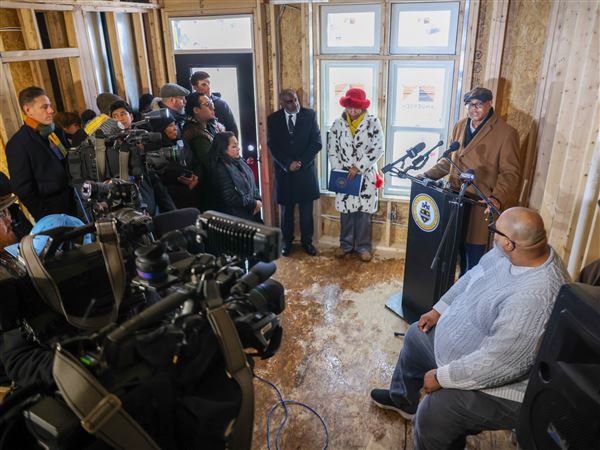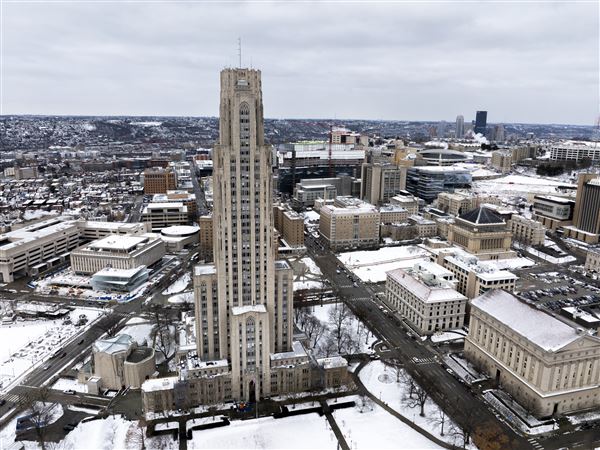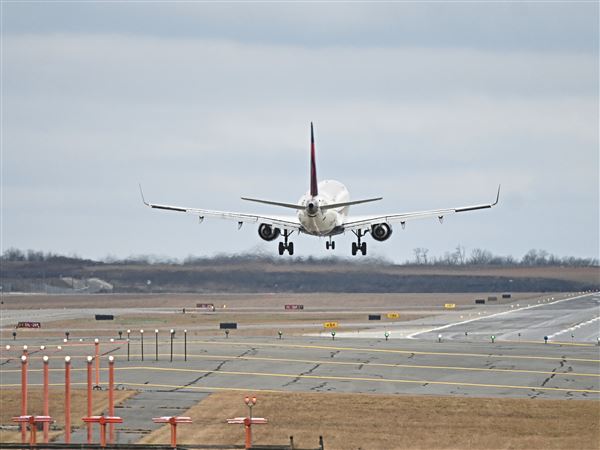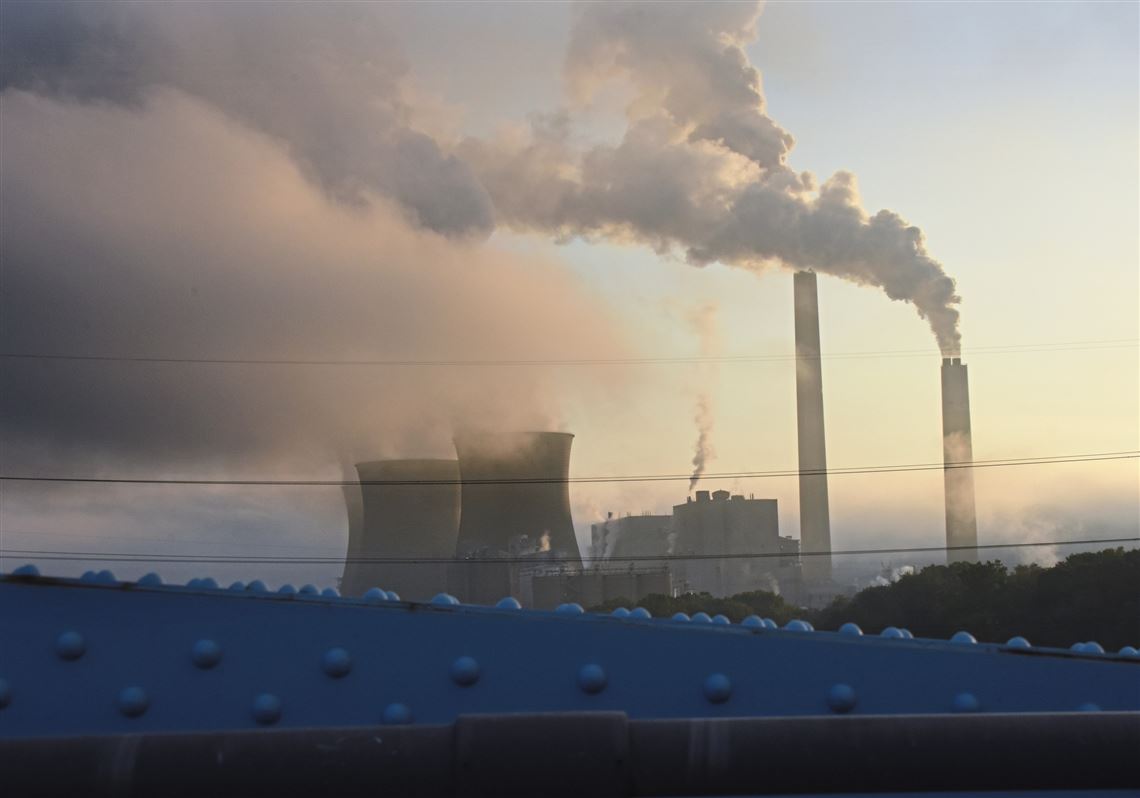Fees for thousands of facilities with air pollution permits would increase by $12.7 million under a proposal by Pennsylvania regulators to avoid running out of money in an account that pays for staff and air quality monitoring statewide.
The draft fee proposal was advanced by the state Environmental Quality Board on Tuesday. It would affect about 500 major and 2,100 lower-emitting facilities that receive air pollution control plan approvals and operating permits from the state — a list that includes power plants, refineries, steel mills, industrial bakeries, plastics makers, natural gas transmission stations and landfills.
New fees for asbestos notification would apply to about 2,000 demolition and renovation contractors and raise about $1.5 million. They would not apply to projects in Allegheny County, which has its own asbestos program.
The state Department of Environmental Protection is proposing the changes because the account funded by the fees, known as the Clean Air Fund, is on track to run out of money around 2021.
The account pays for about 65 percent of the department’s air quality program budget.
The rest comes from the state taxpayer-funded General Fund and federal grants, neither of which is likely to direct more money toward air quality “in the foreseeable future,” DEP said.
Without a fee increase, the air quality program would have to cut expenses by about $10 million a year, DEP said. That would mean cutting the program staff by about 30 percent — or 80 people — and shrinking the state’s air quality monitoring network, which would “virtually eliminate air toxics monitoring and leave large portions of rural areas with no air monitoring,” the department said.
It would also put parts of the program at risk of a federal takeover and sanctions, including the loss of federal highway funds for the state.
The department’s revenue projections might be optimistic.
They do not account for the anticipated closure of the Bruce Mansfield power plant in Shippingport by June 2021 because they were calculated before the closure was announced, DEP spokesman Neil Shader said.
Bruce Mansfield paid just under $700,000 this year for its 2017 air emissions, down from a high of $829,000 for its 2014 emissions, he said.
DEP filed a claim in October in the bankruptcy case of Bruce Mansfield’s parent company, Akron, Ohio-based FirstEnergy Solutions, for the plant’s 2018 air emission fees that will be due next fall.
One reason for the downward trend in the state Clean Air Fund’s balance is that emissions of air pollutants from major sources are declining, DEP said.
They have dropped by 39 percent since 2000 as facilities installed new pollution controls to meet air quality standards, retired or curtailed operations at big sites like refineries and coal-fired power plants, or switched to cleaner fuels like natural gas.
The structure of DEP’s proposed fee package would somewhat loosen the link between emissions and revenue by instituting annual permit maintenance fees instead of raising the amount that major facilities pay for each ton of regulated pollutants they release.
Application fees and annual operating fees would also increase, and new fees would be added for certain types of DEP reviews, like risk assessments and air impact modeling.
If the fee package is implemented — a process that could take a year or more — DEP said it could gradually fill 17 vacant air quality positions, expand its air monitoring network in areas of shale gas drilling, and improve systems for electronic permitting and making air quality data publicly available online.
The proposal is expected to be open for a 60-day public comment period and three public hearings once it is published in the Pennsylvania Bulletin.
Laura Legere: llegere@post-gazette.com.
First Published: December 21, 2018, 1:00 p.m.
Updated: December 21, 2018, 1:10 p.m.


















